Grapes and Raisins
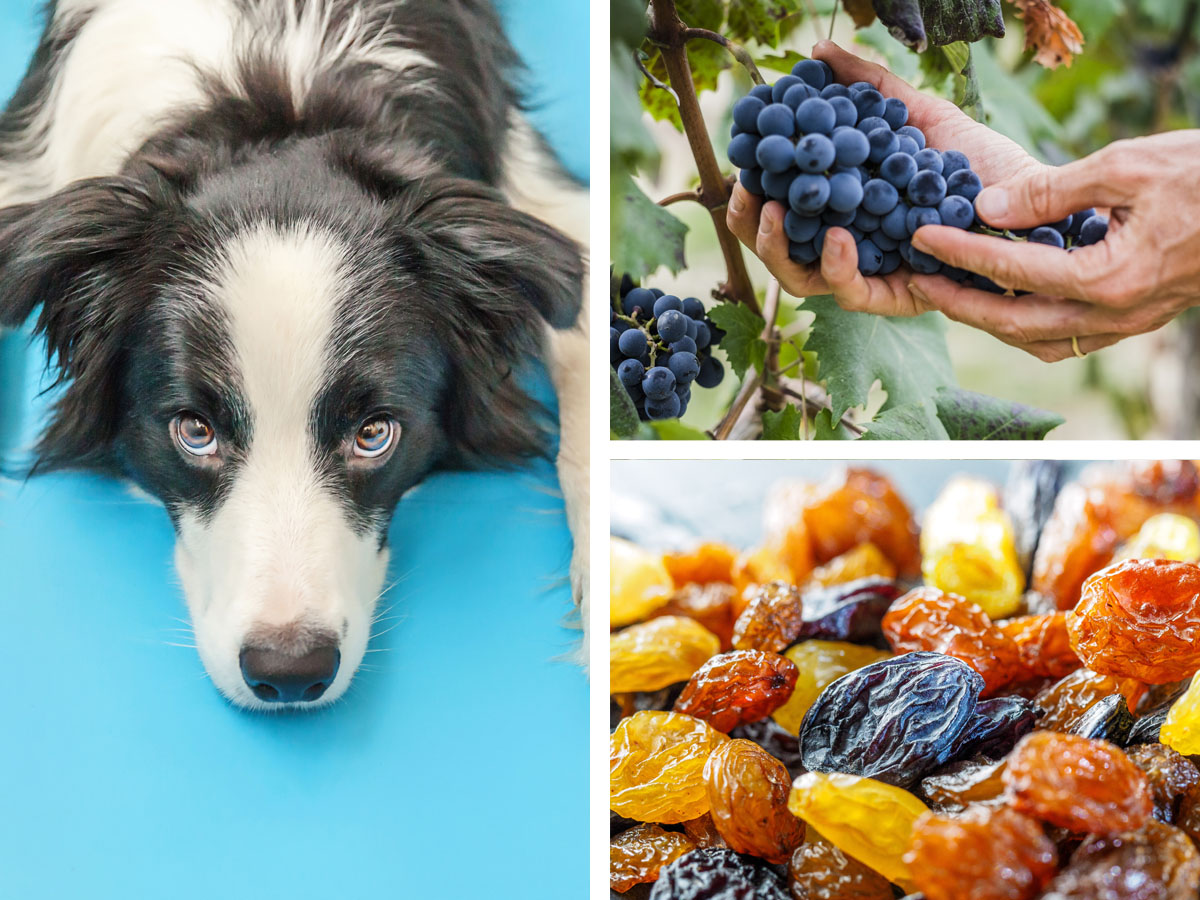
Grapes and raisins are very toxic to dogs and could possibly cause acute sudden kidney failure. Dogs should never eat grapes or raisins, and you should definitely never offer them to your pet. Grapes contain chemicals called flavonoids, tannins, and monosaccharides that we as humans can easily metabolize, but dogs cannot.
While these might not be particularly enticing to the dog on their own, if your dog is conditioned to eat human food, they might just pick it up off the ground and eat it if you accidentally drop one. Another common occurrence is your dog stealing an oatmeal raisin cookie off of the table or the counter. If your dog eats a raisin or a grape, you should quickly call the Pet Poison Helpline or your local veterinarian and monitor for unwanted symptoms.
Tomatoes
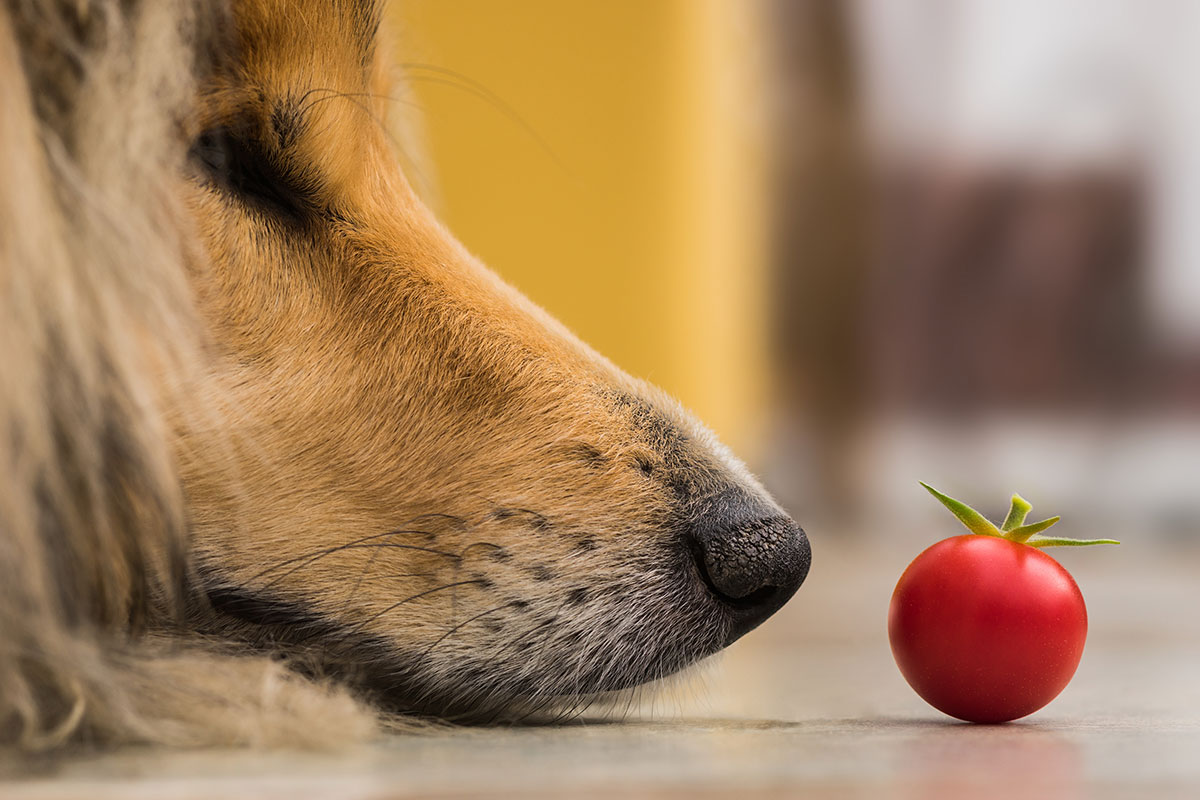
Fully ripened tomatoes are not horrible for a dog to eat, but any green part from the plant or the unripened tomatoes on the plant may contain a chemical called solanine that could be toxic to your dog if eaten in large amounts.
To be safe, avoid allowing tomato plants within reach of where your dog could possibly decide to destroy a plant one day and accidentally eat too much of it. It would also be safest to avoid giving your dogs tomatoes at all or allowing them to lick tomato sauce off the floor.
Chocolate
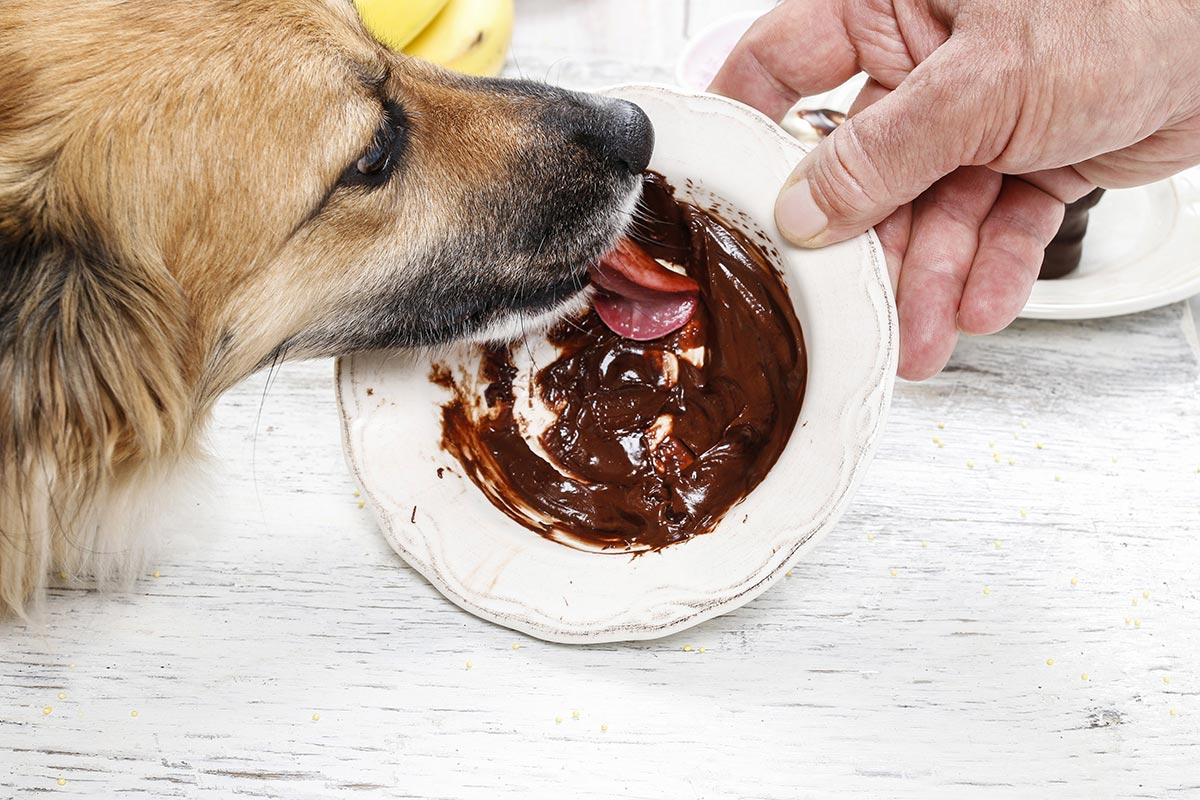
Everyone has probably heard of this one, but what makes chocolate toxic to dogs? Chocolate contains methylxanthines which can cause metabolic disruption in a dog’s body and hurt the digestive tract. If eaten in large amounts—especially large amounts of dark chocolate, pure cocoa, or cacao—the dog could experience seizures, irregular heart function, or even death.
White chocolate and even some milk chocolates don’t contain as high of a concentration of methylxanthines that could cause serious damage to your dog, but they will still give your dog an upset stomach. However, darker and more pure chocolate has the highest amounts, and you should call your vet if your dog has eaten a large amount of chocolate to see if they need to get checked out.
Avocado
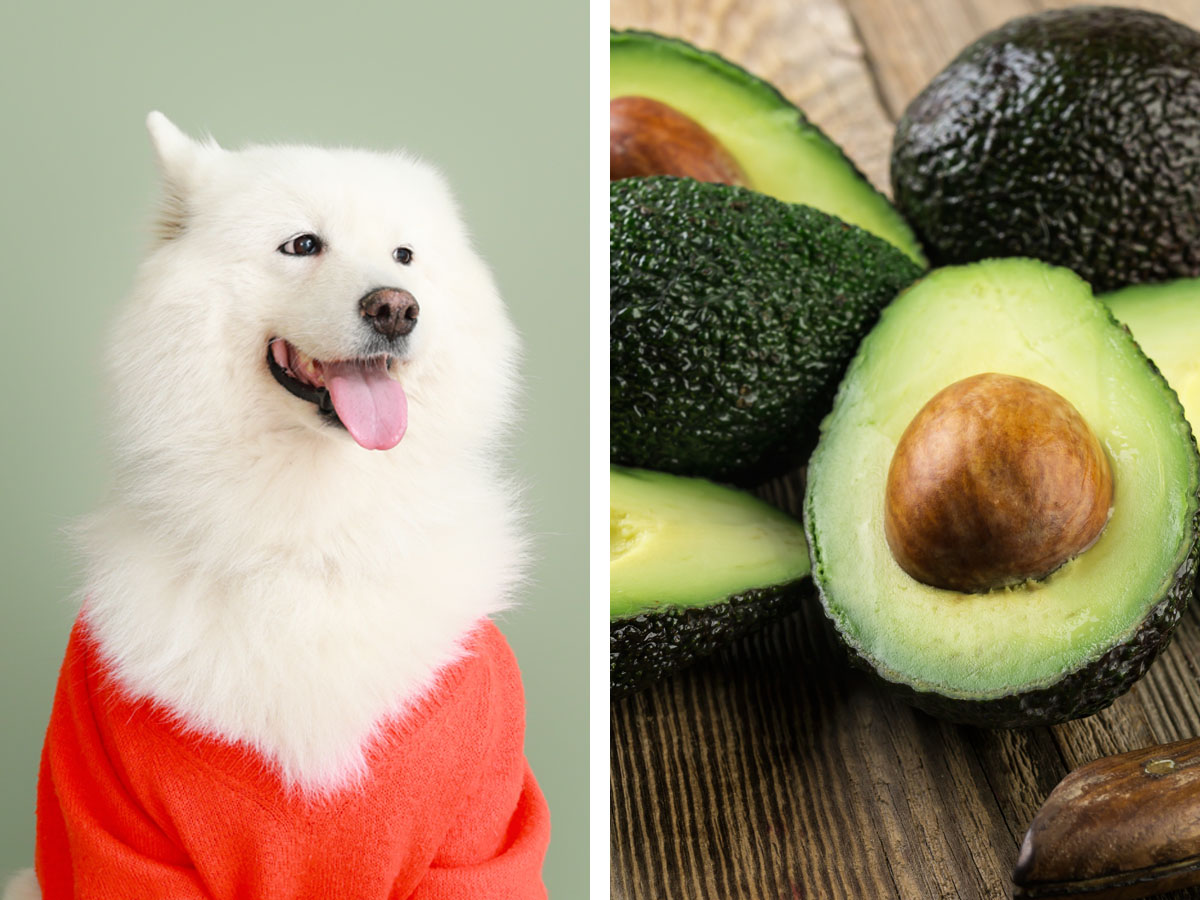
Cherries
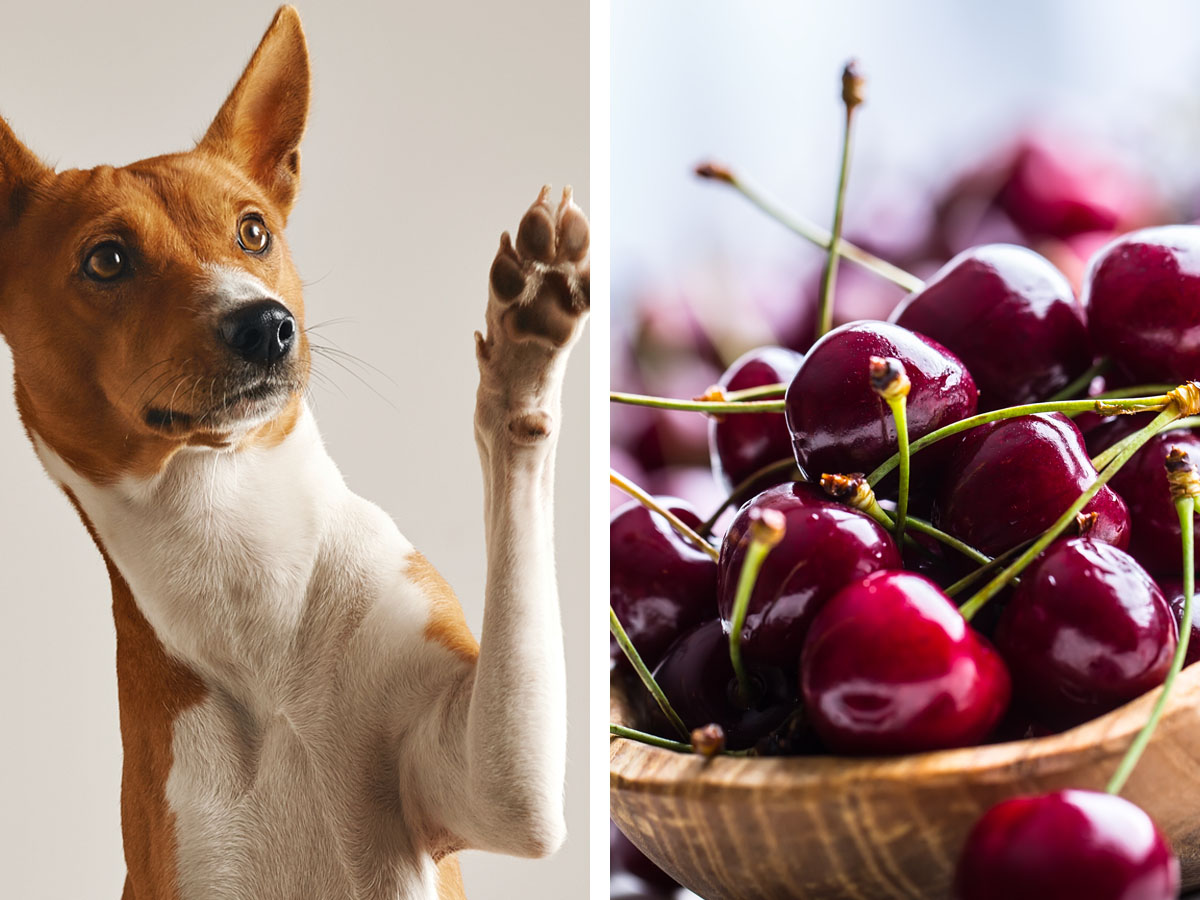
Signs of cyanide poisoning in your dog are dilated pupils, difficulty breathing, and red gums. If your dog is showing any concerning symptoms such as these, it is a really good sign that you should call your veterinarian immediately and/or the Pet Poison Helpline.
Garlic and Onions

Alcohol

This one should be obvious, but it is never okay for dogs to have any type of alcohol. It may look cute or funny to have your dog try some of your wine or beer, but you should never do it intentionally or justify it by saying “oh, it’s okay. He likes it!”
Ethanol (what gives alcohol its “fun” effect) and hops (used to make most beers) are toxic to dogs and can cause some pretty serious side effects such as muscle tremors or seizures, vomiting, diarrhea, excessive panting, raised body heat, and more. Essentially, a dog can get alcohol poisoning a lot easier than a human can, so it’s best to avoid giving your dog any form of alcohol, including food that contains alcohol as an ingredient such as sauces or breads.
Mushrooms
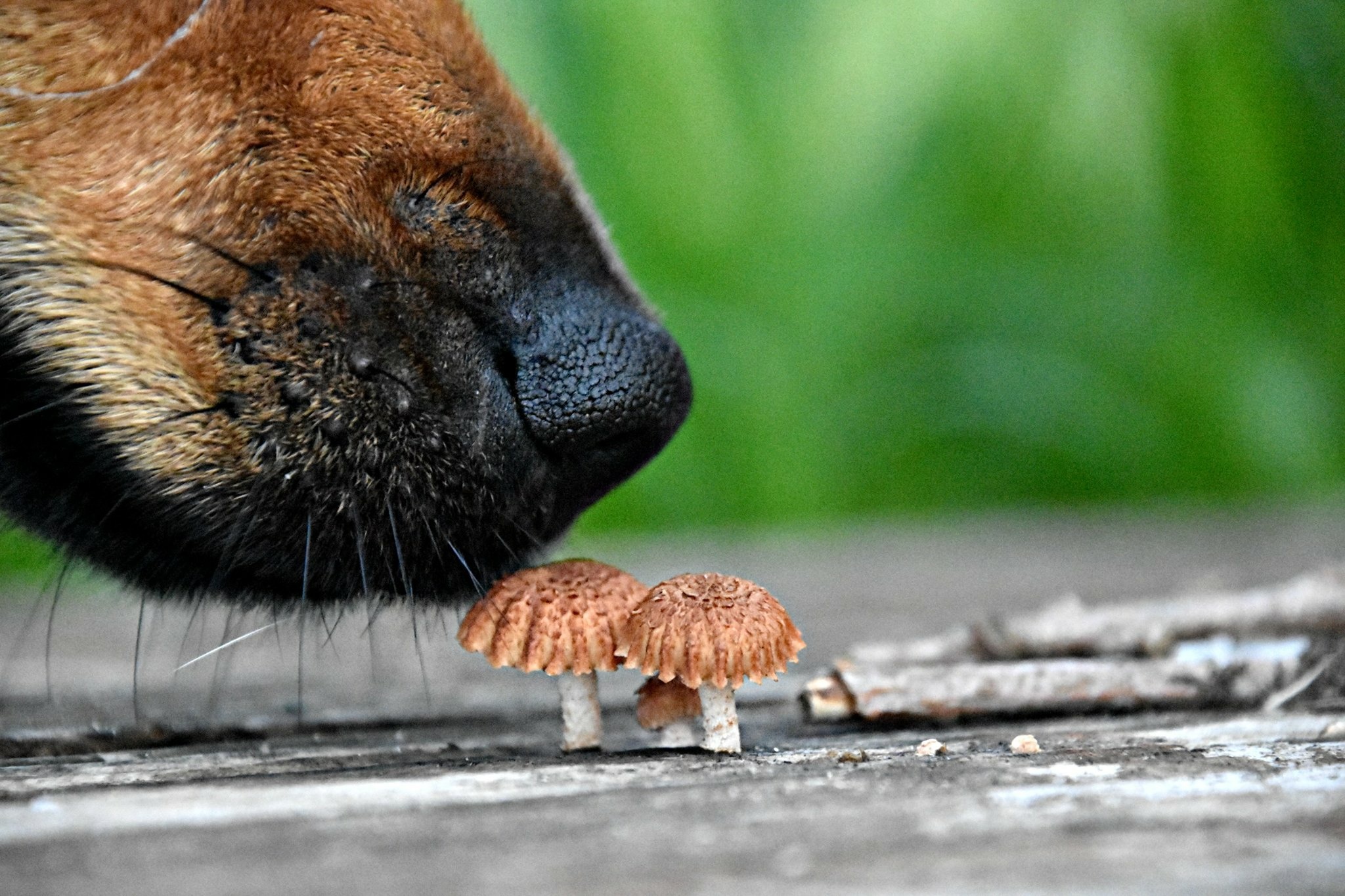
Wild mushrooms in particular are what you need to watch out for since it is hard to know which are safe and which are toxic unless you are an expert mushroom forager. So while on walks, watch where your dog sticks her nose so she doesn’t get into any danger.
Macadamia Nuts
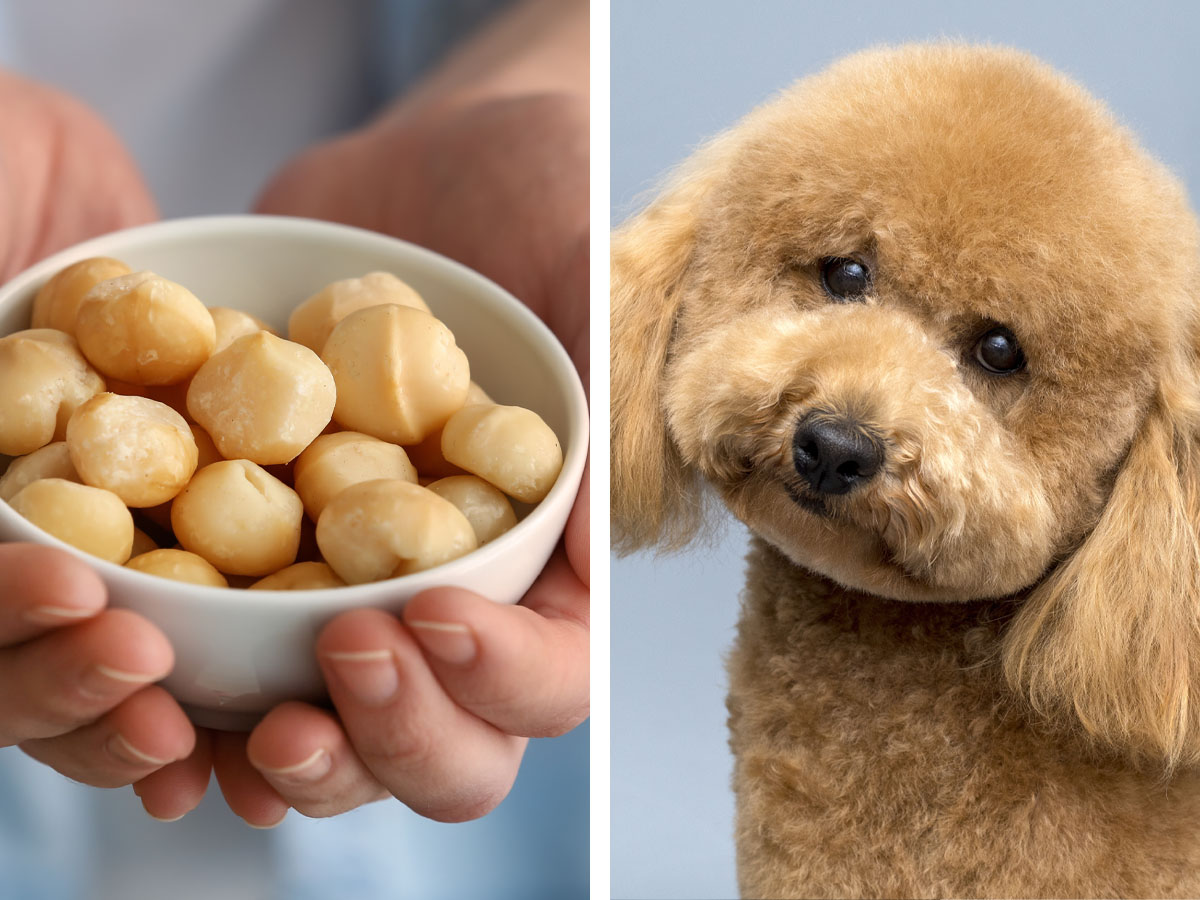
If your dog eats one or more, she may experience symptoms such as vomiting and diarrhea, raised body temperature, lethargy, or even symptoms related to the nervous system. If you think your dog stole one of your white chocolate macadamia cookies or picked up a fallen nut from your trail mix, it is best to call your vet or the Pet Poison Helpline immediately.
Apricots

We know that it can be difficult to monitor everything your dog puts in his mouth, but be aware of these potentially harmful foods you have around your house and make sure that they are out of the reach of your furry family member!
 Author
Madeline Heinz
Last Updated: December 01, 2025
Author
Madeline Heinz
Last Updated: December 01, 2025